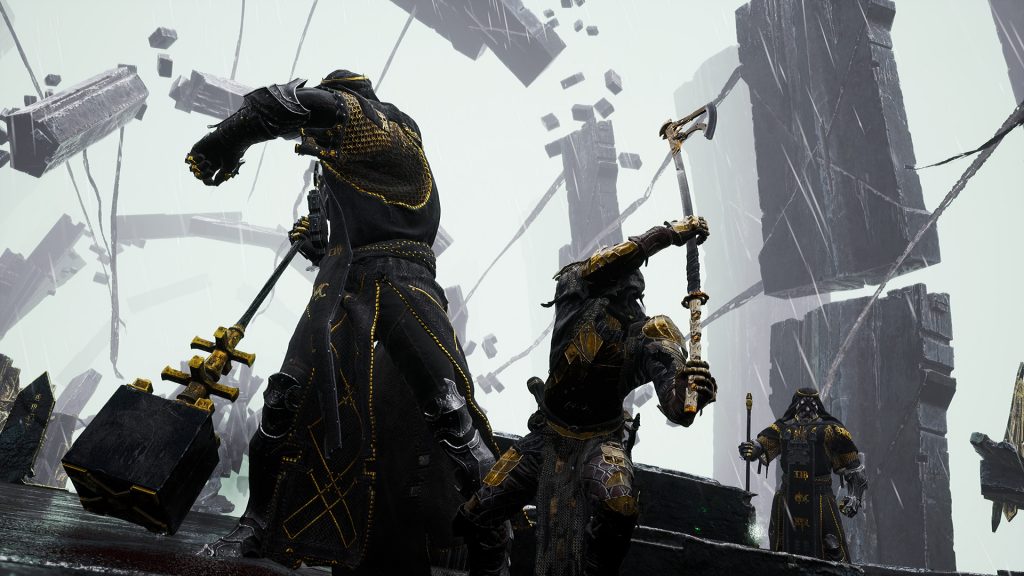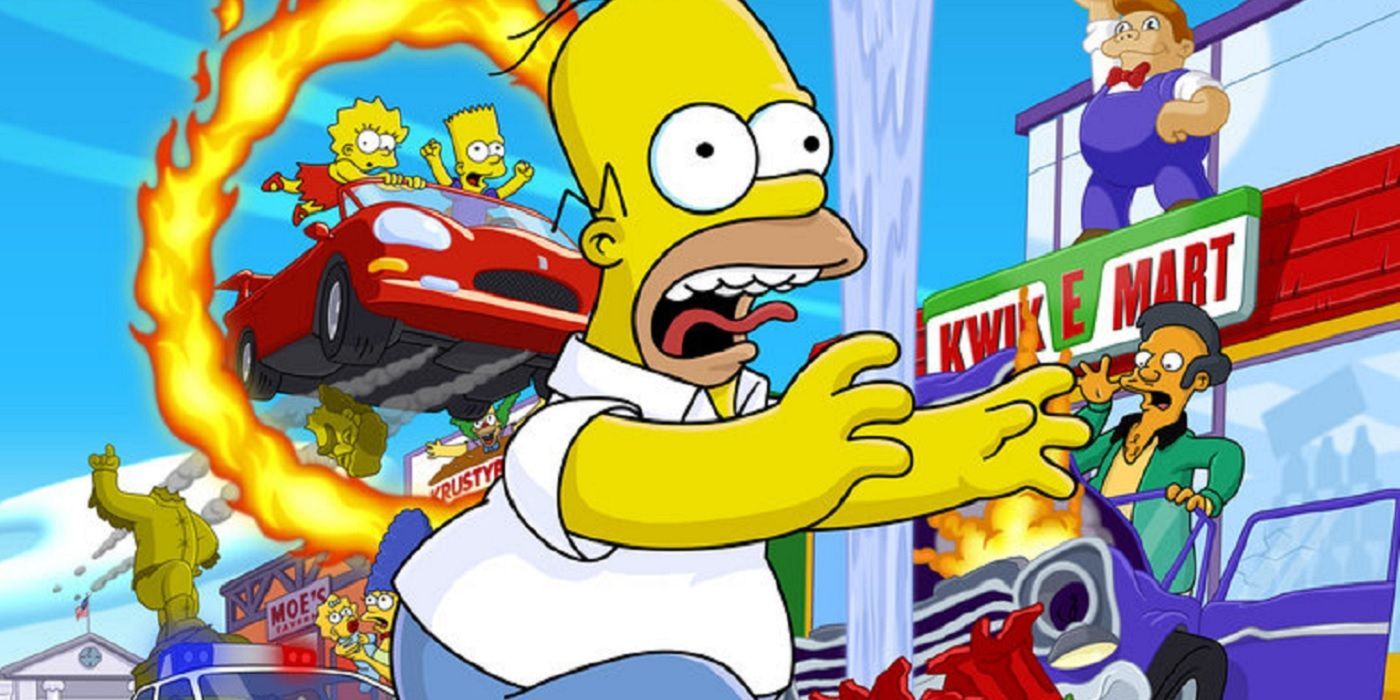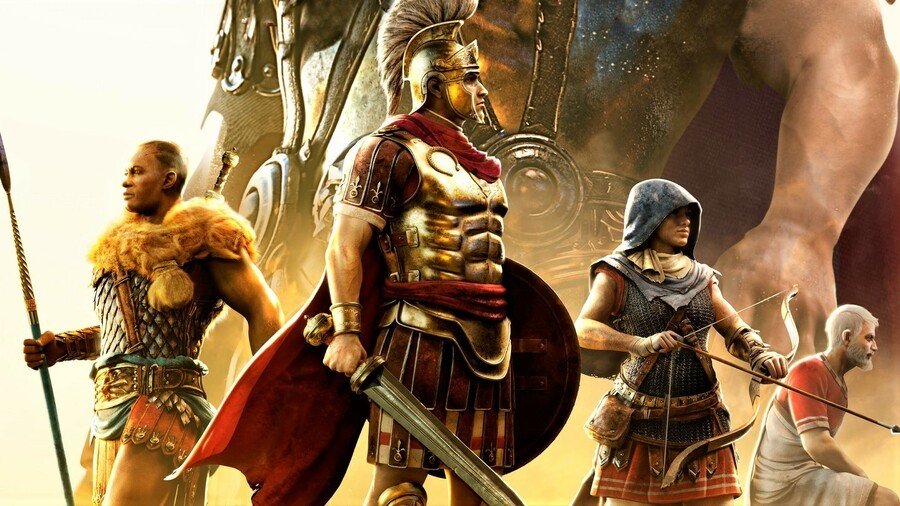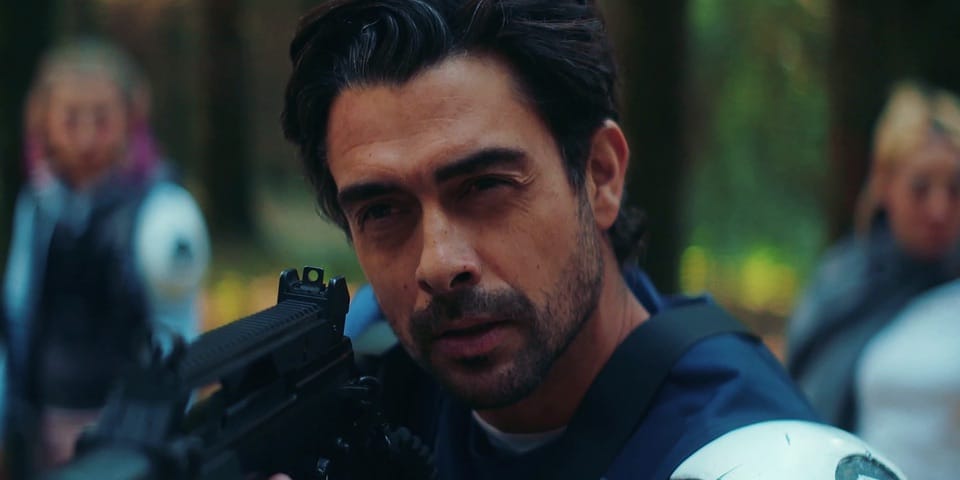
Hot on the heels of the enjoyable Zoom-based interactive film Night Book, Wales Interactive are back with another entry in their swiftly growing catalogue. Bloodshore gets their production back out on location, drawing clear inspirations being from Kinji Fukasaku’s 2000 classic Battle Royale and The Hunger Games. Rather than a simple retread, however, Bloodshore takes a shot at some very topical issues in its satirising of reality TV and the rise of the social media influencer.
First things first, Bloodshore is very much in the same vein as other interactive movies from Wales Interactive. That may seem like an obvious thing to say, but it’s worth highlighting at the start because it’s on those terms that I’ll be judging it. With fail states, direct player control through choices and more, we can all put the “is this a game?” debate behind us.
The story of Bloodshore sees you playing the role of Nick Romeo, the washed-up ex-child star of a hugely popular series of werewolf movies. After years of drink and drug abuse he is forced to enter the dangerous world of Kill Stream, a deadly gameshow that is on its 13th season. Originally designed as a Running Man situation in which death row convicts battle it out to be the last person standing and earn a pardon and a massive cash prize, the series has developed into a twisted take on I’m A Celebrity with influencers, extreme sports aficionados and Z-list celebrities making up the numbers. Acting as both mass entertainment and the main propaganda arm of a multinational company, Kill Stream has become as controversial as it is popular with critics of its entertainment and moral quality. As the game develops, you find out that Nick Romeo may have a more complex agenda behind his entry than first appears.
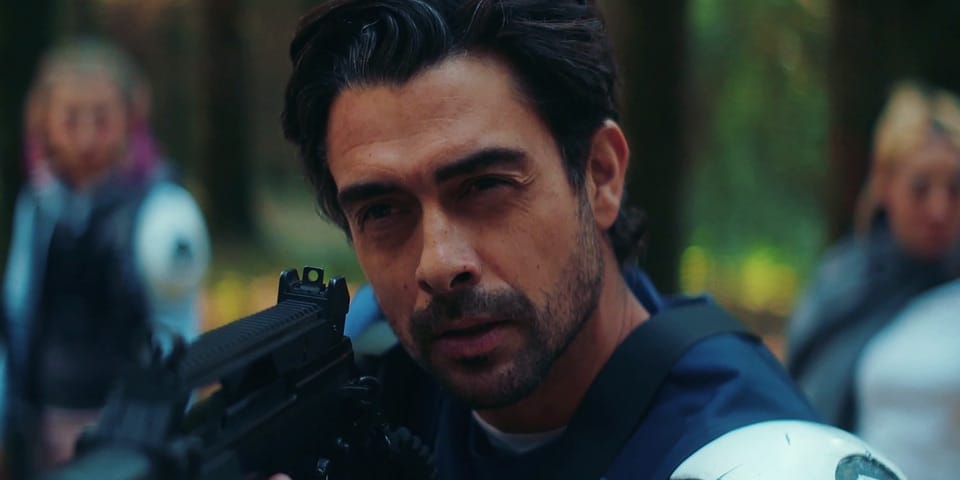
The usual discussion of graphics doesn’t really work with this style of game, as cinematography is perhaps a more appropriate term. The UI is clear and well designed on the one hand, while on the other, actor performances are solid for the most part. One main villain had an accent that never rang true to me and consistently distracted me with a performance that felt particularly hammy, but the rest performed their roles well. Romeo has the right look for the role of a grown up child star and the alternative dialogues from different choices are delivered as naturally as can be expected given the inevitable cut and paste nature of this kind of game.
Alongside Nick there are a motley crew of wannabes and never-weres. These range from vain beauty influencers to paranoid conspiracy theorists and adrenaline junkie vloggers. The early scenes work as quick introductions to these characters and establish some relationships between a group of around eight named competitors. A few others play roles later on, but most of the fifty entrants either remain nameless or are eliminated completely off screen. This is a necessary aspect of keeping the game manageable, but does make the possible directions far more limited. The result is a game that opens up as you follow a path through binary choices, but has a very similar beginning each time you replay.

Replayability is baked into the format both in terms of the different outcomes and the possible paths you can take. In multiple playthroughs I have yet to unlock all of the endings and have seen roughly two-thirds of the scenes. With each full playthrough taking between an sixty and ninety minutes there is plenty of content for the completionist. One area where this doesn’t match up to Night Book, however, is in how these scenes are shown in the game stats. The earlier game separated the narrative into sections and made it clear where unseen scenes were located. In Bloodshore it is a simple statistic that gives no hint. This makes replaying to open up different scenes far more frustrating – even with the ability to skip parts you’ve already watched.
To add pressure to your choices, every option has a time limit in place. If you don’t decide quickly enough then a default option will be selected. The Options screen includes a toggle for this entitled Streamer mode. While obviously designed to be used for interactive play online I chose to turn off the timer so that I could consider the alternative choices. I was impressed with how often the events followed logically given all the variables in play – the few pre-release build continuity errors have already been patched. Your progress is also measured through a number of ability bars that show whether you focus on teamwork, relationships, violence, or insight. While these don’t directly affect the game they do help to show what kind of path you are taking.
